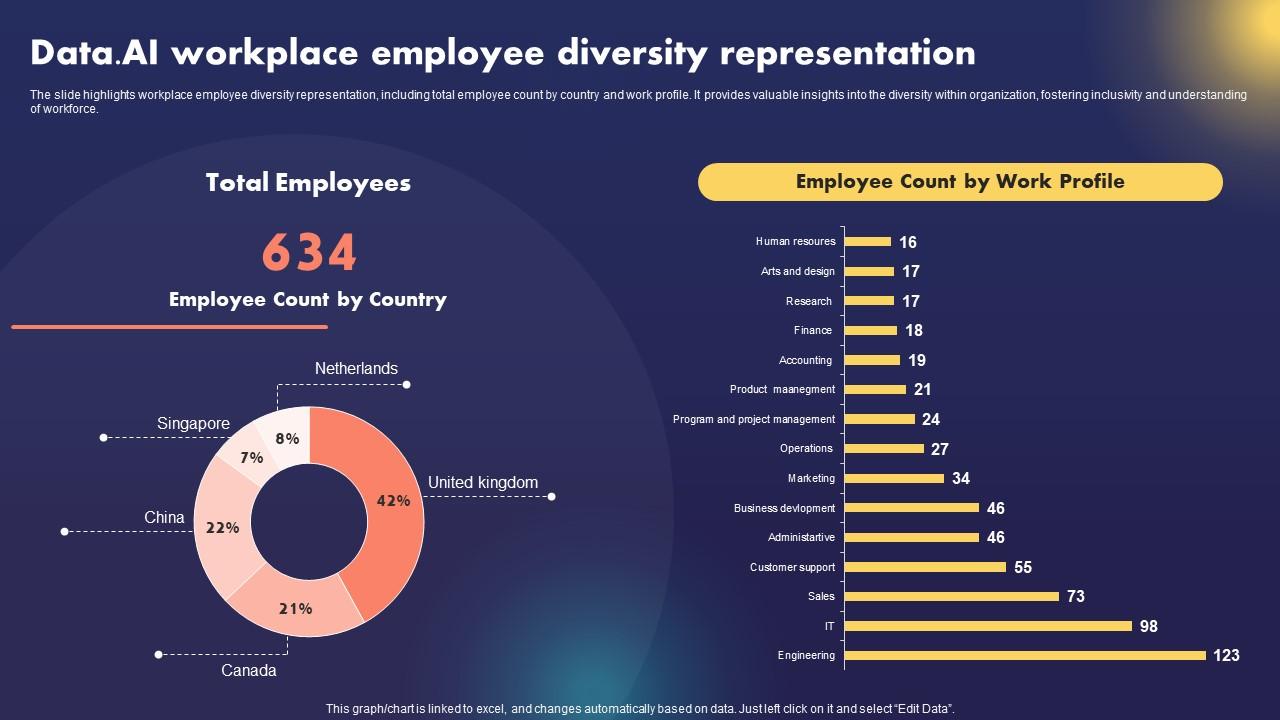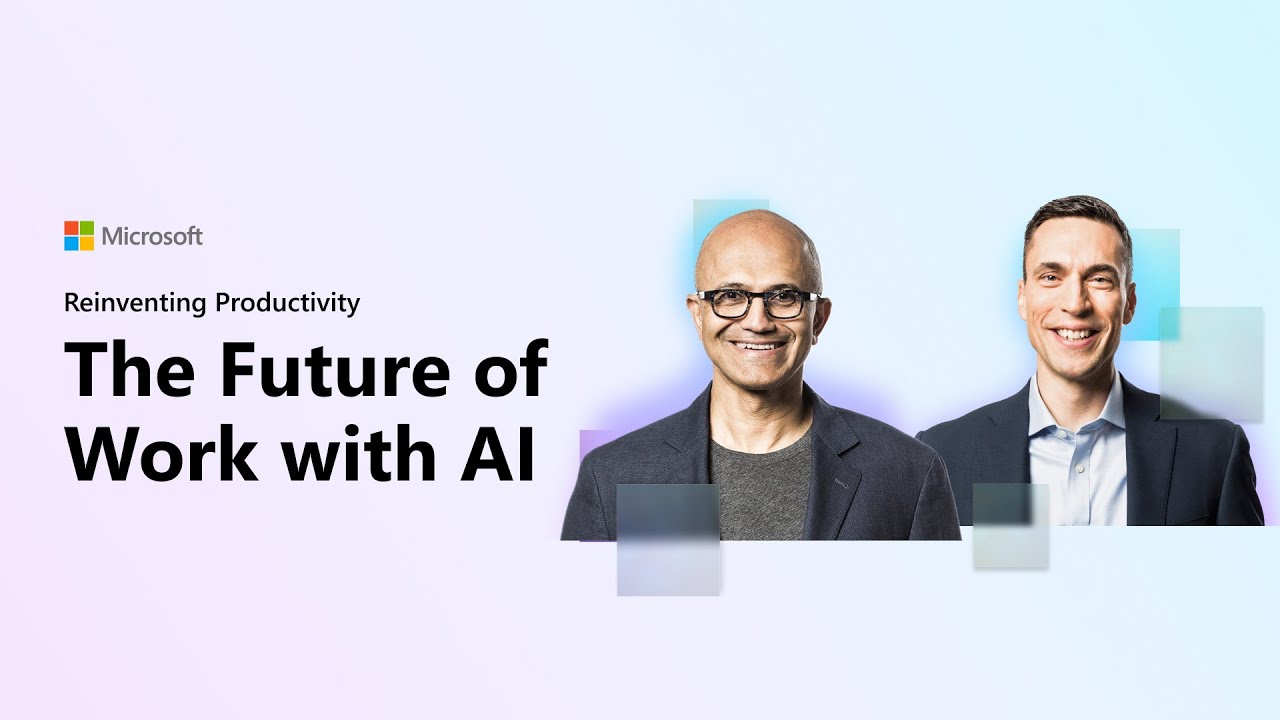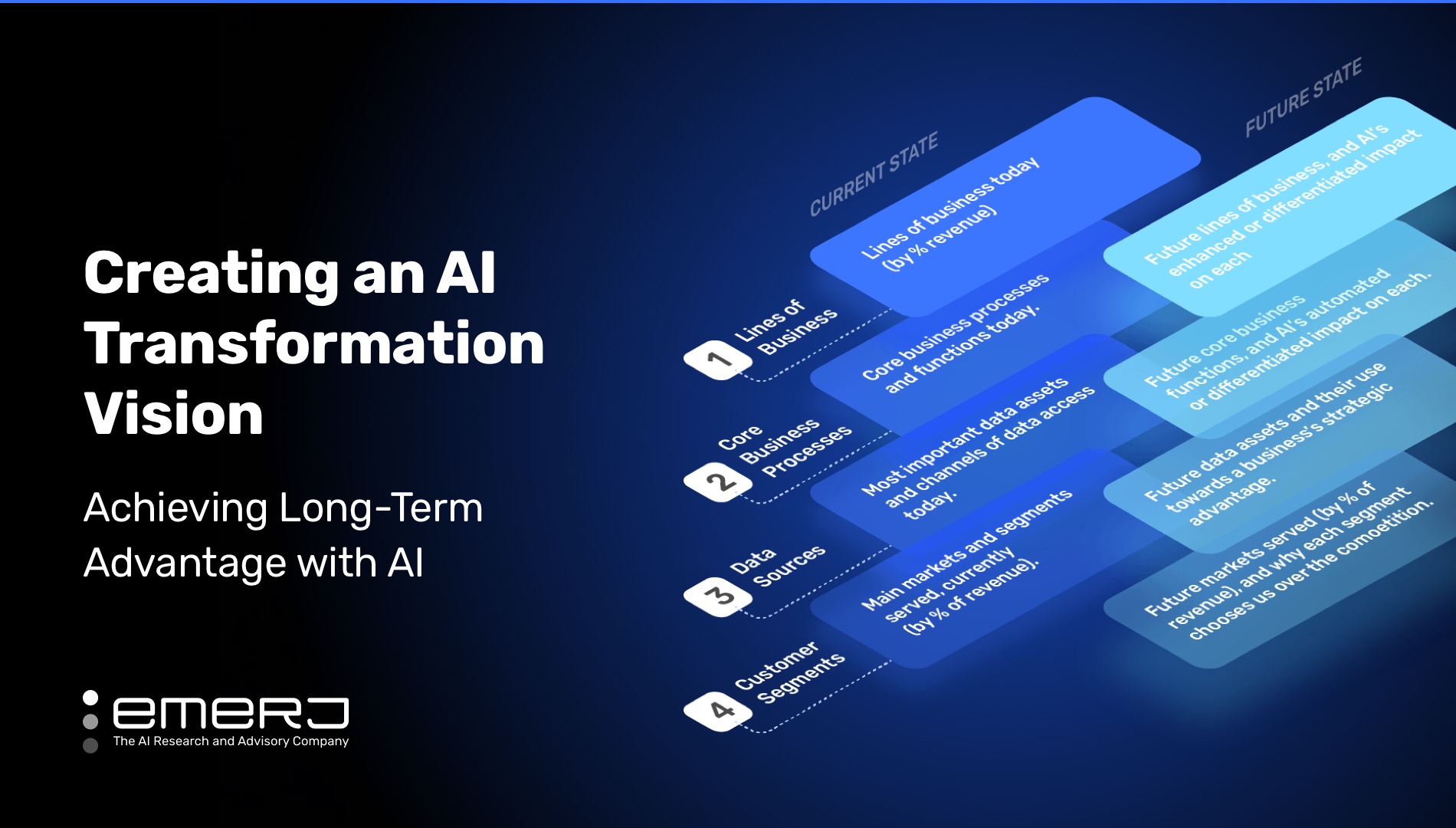
AI Inclusion: Shaping Tomorrow’s Workforce
Bridging the Gap Between AI and Human Potential
In the ever-evolving landscape of artificial intelligence (AI), one prominent narrative emerging is the quest for inclusivity within the workforce. As industries increasingly integrate AI technologies, it becomes crucial to ensure that this transition does not leave behind diverse demographics.
Companies are beginning to recognize that diverse teams not only outperform their more homogenous counterparts but also drive innovation and creativity. With AI tools becoming ubiquitous, the potential for these technologies to mitigate biases in hiring practices is significant. AI can offer equitable opportunities, allowing individuals from historically marginalized backgrounds to gain entry into sectors previously dominated by a narrow demographic.
“The future of work should be inclusive, with AI as a facilitator for equal opportunities rather than a barrier.”
The critical question remains: how can organizations effectively harness AI to foster inclusivity? It requires a multifaceted approach that combines recommended best practices with a commitment to ongoing learning and adaptation.
 Creating a diverse workplace with AI tools.
Creating a diverse workplace with AI tools.
Best Practices for AI-Driven Inclusion
-
Training and Awareness
Companies must prioritize training their existing workforce on AI technologies, understanding their implications, and recognizing biases that may emerge in AI decision-making processes. Workshops and continuous learning initiatives can equip employees with the tools to navigate the intersection of AI and human resources. -
Leveraging Data for Equity
Data-driven decision-making is at the heart of AI. Organizations can analyze hiring patterns, pay discrepancies, and promotion rates using AI analytics to uncover disparities. By regularly measuring these metrics, companies can adapt their strategies in real-time to foster a more inclusive workplace. -
Engagement with Diverse Voices
Organizations should strive to include a diverse set of perspectives during the development of AI tools. This can involve collaboration with local communities, advocacy groups, and individuals who have experienced bias firsthand. By engaging with these voices, companies can tailor their AI tools to better serve a variety of populations.
 Integrating AI into diverse teams enhances creativity.
Integrating AI into diverse teams enhances creativity.
Evolving the AI Ecosystem
As businesses innovate, so too must the frameworks that guide technology design and implementation. Institutions can proactively shape their AI systems to prioritize inclusivity by embedding diversity considerations from inception. A collaborative approach among tech innovators, ethicists, and policymakers can ensure AI remains a tool for empowerment rather than exclusion.
Furthermore, tech companies are increasingly held accountable, reflecting a broader societal demand for ethical AI practices. Transparency in AI algorithms, as well as ethical considerations in data collection and usage, must be included in operational protocols. Regulations could facilitate a landscape where AI technology is responsibly developed and integrated, amplifying its potential as an avenue for inclusivity.
Looking Ahead
The potential of AI to reshape the workforce is immense, yet it is accompanied by a profound responsibility. Companies must commit to an inclusive vision where AI tools are developed and employed thoughtfully, with a focus on equity.
As we advance into this new era of AI integration, fostering an inclusive workforce should not be a secondary consideration; it must be at the forefront of the AI revolution. Organizations that embrace this ethos will not only enhance their own success but also contribute to a more equitable society.
 Imagining a future where AI and diversity coexist harmoniously.
Imagining a future where AI and diversity coexist harmoniously.
Conclusion
The crossroads of AI technology and workforce diversity presents a unique opportunity for transformation. Forward-thinking companies have the chance to lead by example as they integrate AI into their operations. This not only promotes inclusivity but also sets a standard within the wider business community.
As we navigate the future, let us remain vigilant and passionate about ensuring that AI serves as a catalyst for diversity rather than a hindrance. A holistic, intentional approach will pave the way for a future of work that truly embraces everyone.














